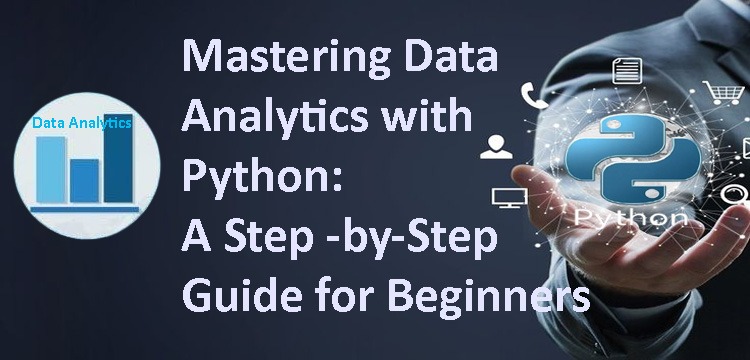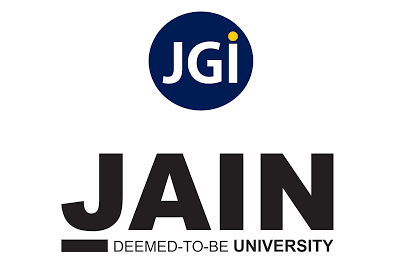SQL Server Integration Services (SSIS) is a powerful ETL tool for building enterprise-level data integration and transformation solutions. However, poorly designed SSIS packages can become performance bottlenecks, especially when dealing with large datasets or complex transformations.
In this blog, we’ll explore best practices and practical tips to optimize SSIS packages for better speed, efficiency, and reliability.
1. Minimize Use of OLE DB Command and Row-by-Row Operations
Problem: The OLE DB Command component executes SQL statements per row, which is very slow.
Solution:
- Avoid row-by-row operations.
- Instead, stage data in a temporary table and use a set-based update via Execute SQL Task or stored procedures.
2. Use Fast Load Option for Destination Adapters
Problem: Default insert methods are not optimized for bulk operations.
Solution:
- Use the Fast Load option in OLE DB Destination to insert data in batches.
- Tune batch size and commit size based on memory and transaction log limits.
3. Eliminate Unnecessary Columns and Data
Problem: Moving more data than necessary slows down pipelines.
Solution:
- Use the Source SQL Command to select only required columns and rows.
- Use the Derived Column and Data Conversion transforms wisely to trim data early.
4. Use SQL for Data Transformation When Possible
Problem: SSIS transformation components can be slower than native SQL.
Solution:
- Offload heavy transformations (joins, lookups, filters) to T-SQL in the data source query.
- Let SQL Server handle the heavy lifting when it can do it faster.
5. Optimize Lookup Transformations
Problem: Poorly configured lookups can cause performance issues.
Solution:
- Use full cache mode where the reference table is small enough to fit in memory.
- Use indexed lookup tables.
- Only select the required columns in the lookup query.
- For large datasets, consider partial or no cache, or use JOINs in T-SQL instead.
6. Control Data Flow Buffer Size
Problem: Default buffer sizes may not be optimal for your environment.
Solution:
- Tune DefaultBufferMaxRows and DefaultBufferSize based on memory availability and row size.
- Monitor data flow buffer performance using SSIS logging.
7. Use Parallel Execution Where Appropriate
Problem: Sequential execution underutilizes system resources.
Solution:
- Enable parallel execution by setting MaxConcurrentExecutables to a higher value (e.g., -1 uses logical processors + 2).
- Split tasks into Control Flow branches that can run concurrently.
- Use Sequence Containers to logically organize parallel workloads.
8. Avoid Unnecessary Logging and Events
Problem: Logging too many events can degrade performance.
Solution:
- Log only essential events (OnError, OnWarning, etc.).
- Disable verbose logging during production runs unless required for auditing.
9. Deploy with SSIS Catalog and Use Project Deployment Model
Problem: Package deployment may not be optimal without centralized control and monitoring.
Solution:
- Use SSISDB Catalog for deploying and managing SSIS projects.
- Take advantage of parameterization, environments, and logging features in the SSIS Catalog.
10. Profile and Test Performance Regularly
Problem: Changes in data volume or structure can impact performance.
Solution:
- Regularly profile performance using SSIS logging and Data Viewer.
- Test changes in a controlled environment before pushing to production.
- Monitor with tools like SQL Profiler, SSIS Catalog Reports, or 3rd-party performance monitors.
Final Thoughts
Optimizing SSIS packages isn’t just about tweaking a few settings. It requires a comprehensive approach to data flow design, SQL tuning, buffer management, and execution strategies. By applying the tips above, you can significantly enhance the performance of your SSIS packages and make your ETL processes more scalable and robust.







































































